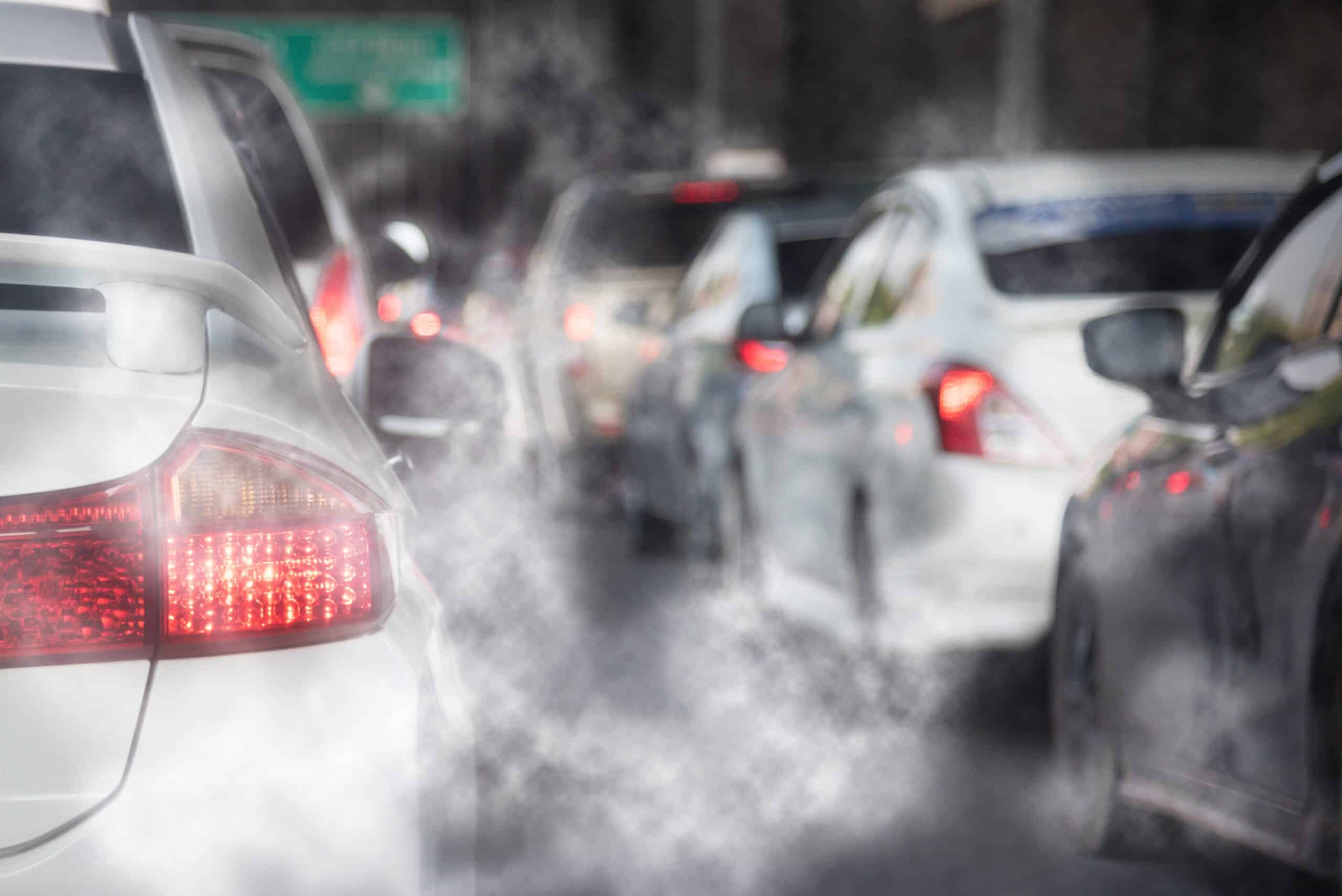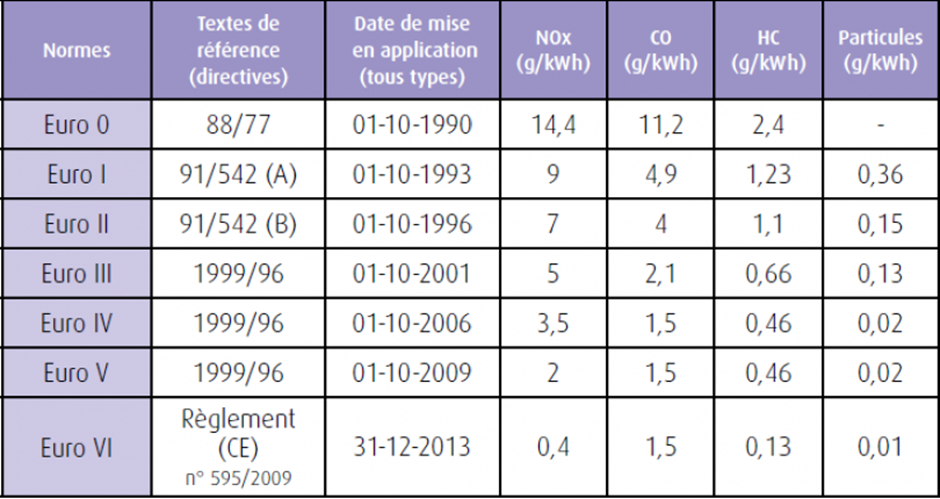The evolution of Euro standards
In the automotive world, the expression ‘Euro standard’ is undoubtedly one of those most frequently heard today, along with ‘electrification of the fleet’ and ‘sustainable mobility’. However, while the subject is not new, dating back to the 1970s, it is still too often touched upon, even though it deserves to be explored in greater depth. That is precisely the purpose of this article, which we hope you will find interesting and informative.
Euro standards: what exactly are they?
It’s no news to anyone: a combustion engine, whether petrol or diesel, emits gases and particles. Even in the days of disco, this was an established fact, prompting the European Economic Community (forerunner of the EU) to tackle the issue head on. After a few mistakes – who said Brussels habit? – the first real binding regulations were introduced in 1988, initially for heavy goods vehicles.
In 1990, the term ‘Euro standard’ was coined, and little by little the limit values for pollutant emissions were lowered, now including nitrogen oxides (NOX), carbon monoxide (CO), hydrocarbons (HC) and micro-particles.
Surprisingly, it wasn’t until 2019 and a vote by the European Parliament that average CO2 emissions were also taken into account, with a target set at 95g/km in 2021, 81g/km in 2025, and 59g/km in 2030. This is actually quite logical – carbon dioxide is a major contributor to global warming, but it is not a direct pollutant as such.
In any case, new vehicles must comply with the Euro VI standard, in accordance with Regulation No. 595/2009 of the European Parliament and of the European Council of 18 June 2009 – and more precisely with its Euro 6d version, from January 2021. To appreciate the extent to which Euro standards have become progressively more stringent, we need look no further than the example of nitrogen oxide. In fact, between 2001 and 2014, the limit was lowered… by 92%!
Of course, with each new standard, carmakers – and equipment manufacturers – have to go back to the drawing board, which involves significant development costs. In any case, this structural trend has led to real technological advances in vehicle efficiency.
It is often said that the United States invents, China copies and Europe regulates. There is obviously some exaggeration in this statement, but there is also some truth, and ultimately, in this case, it is undoubtedly good news for the environment!

A slow, gradual and inexorable development
If you are interested in the details of the changes in Euro standards, here is a summary table:
As a reminder, Euro standards for passenger cars are divided into 9 classes depending on their date of first registration:
- Euro 1 (from 1 January 1993 to 1 July 1996);
- Euro 2 (from 1 July 1996 to 1 January 2001);
- Euro 3 (from 1 January 2001 to 1 January 2006);
- Euro 4 (from 1 January 2006 to 1 January 2011);
- Euro 5 (from 1 January 2011 to 1 September 2015);
- Euro 6b (from 1 September 2015 to 1 September 2018);
- Euro 6c (from 1 September 2018 to 1 September 2019);
- Euro 6d-TEMP (from 1 September 2019 to 1 January 2021);
- Euro 6d (from 1 January 2021).
It should be noted that all the thresholds described above obviously depend on the way in which emissions are measured, and in 2018 the replacement of the NEDC cycle by the WLTP has had a major impact. The new type-approval system is based on tests that are closer to reality, which means that fuel consumption – and pollution – is up, at least on the surface.
At this stage of your reading, you may be wondering about a possible link between these Euro standards and the famous Crit’Air stickers that the ZFEs (Low Emission Zones) are gradually making compulsory. In fact, the relationship is direct and fairly simple to understand – depending on the fuel used and the Euro standard to which a vehicle was subject when it was first registered, a Crit’Air sticker is issued. So, in addition to 100% electric models (Crit’Air 0), Euro V and VI diesels are entitled to a ‘Crit’Air 2’ score, while petrol and hybrids meeting the same standards will be awarded a more favourable ‘Crit’Air 1’ sticker.
And what about the Euro 7 standard?
Initially, these new regulations were due to come into force in mid-2025, with a 35% reduction in NOx emissions from diesel engines and a 13% reduction in fine particles. However, manufacturers have been up in arms, claiming that the deadline is too close and that the necessary investment is being misused, since it could instead be used to deploy 100% electric systems by 2035.
In the face of opposition from eight member countries, not least France, Italy and Poland, the Euro 7 standard was radically revised, and in the end, after much debate… all the emissions thresholds remain the same as for Euro 6d! Once again, the mountain has given birth to a mouse. Only a reduction in fine particle emissions under braking has been added (for all engines), since they will not have to exceed 7 mg/km, then 3 mg/km from 2035. At the same time, the battery life of hybrid and BEV models will have to be ‘controlled’ by this Euro 7 standard.
What’s more, to date we don’t know exactly what this ‘control involves’, nor do we know the methodology used to calculate emissions due to contact between the tyre and the road. Let’s not forget that, all other things being equal, electric models are heavier than internal combustion models, and therefore risk, paradoxically, being penalised more by higher emissions of fine particles during braking… In fact, the Euro 7 standard could still evolve, not to mention the need to include, sooner or later, emissions linked to the manufacture of vehicles, and not just to their use. In other words, while the United States and China are increasing their lead in the all-electric field, the EU has not finished legislating on the subject!
Be that as it may, with combustion and hybrid vehicles still with us for several decades to come, preserving our environment requires not just new standards, but also careful maintenance of the existing fleet! In this context, the ranges offered by our company – particularly those designed to limit pollutant emissions, from DPF sensors to EGTS, for example – have a bright future ahead of them. So we are proud to have such a positive, tangible impact on a daily basis. It’s something that deserves to be highlighted a little more, and this article is a modest attempt to do just that…
Sources: https://www.ecologie.gouv.fr/, https://www.legalplace.fr/, https://media.roole.fr/
- Home
- Aftermarket Activity
- News
- The evolution of Euro standards


